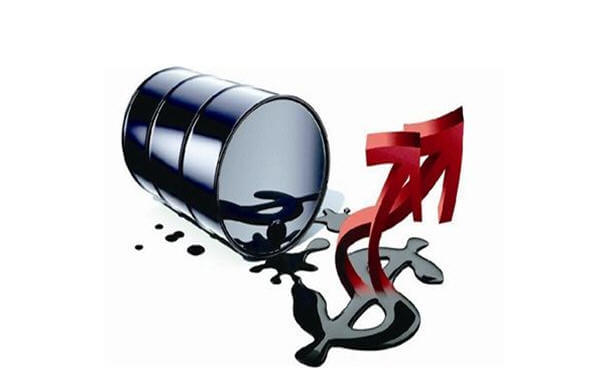
New US sanctions that will hit Iran’s energy industry and the fallout of Venezuela’s economic collapse have raised fears of significantly tighter global oil supplies, sending prices above $80 a barrel for the first time in nearly four years.
Brent crude had been rising even before Donald Trump, US president, announced the US withdrawal from the nuclear deal and reimposed restrictions on Iranian oil exports earlier this month, with prices climbing more than 40 per cent over the past year.
But the prospect of fewer barrels from Iran and Venezuela has sent Brent, the international benchmark, up more than $5 a barrel in May alone.
Those pressures, on top of agreed output cuts by Opec and Russia and robust oil consumption spurred by a healthier global economy, have convinced some investors that prices could head even higher.
“Geopolitics is certainly playing a role in sustaining this price rally, but the key developments represent genuine supply losses, not just risks that might not materialise,” said Richard Mallinson at consultancy Energy Aspects.
Venezuela’s oil supplies have fallen faster than many analysts had been expecting as political and economic crises take hold of the energy sector, with a series of court orders authorising asset seizures and hindering exports.
In addition, many investors had been counting on a revitalisation of Iran’s oil industry, with the backing of western investment to upgrade its ageing infrastructure, adding to global supplies. But this week’s threat by Total, the French group that has led foreign groups back into Iran, to pull out of the country has made such a prospect unlikely.
Iran needs more than $100bn in foreign investment and technology to expand its oil and gas industry over the long term.
While prices could take a dip, Mr Mallinson said, the oil market is witnessing “a structural shift to higher prices” that will continue well into next year, not a temporary rise.
Brent rose more than $1.10 on Thursday to a high of $80.50 a barrel, the highest since late 2014, while West Texas Intermediate, the US marker, increased to as much as $72.30 a barrel. By the close of trading, ICE July Brent settled at $79.30, up 2 cents, while Nymex June WTI was unchanged on the day at $71.49.
Swelling supplies from US shale fields, at 10.7m barrels a day, have been expected to fill any gap in global supplies, but the industry has faced pipeline constraints and infrastructure bottlenecks, limiting how quickly exports can reach the market.
Some industry analysts, such as those at Bank of America, have eyed a return to $100 a barrel. This has spurred questions about whether Opec producers will decide to exit the supply cut deal that has been in place since last year.
“What everyone is grappling with is when does Opec and its allies step in?” said Helima Croft, global head of commodity strategy at RBC Capital Markets.
Saudi Arabia, Opec’s de facto leader, has said it will work with other producers to alleviate any supply shortages. But people briefed by its energy ministry say the kingdom is reluctant to open the taps for fear it could trigger renewed price falls. Another person said that Gulf Arab countries were monitoring full-year price averages before acting.
A statement from the Saudi energy ministry on Thursday acknowledged the recent price volatility, but said the world had “ample supply” available.
The kingdom has targeted a higher oil price as it funds its economic reforms and plans an initial public offering of its state energy company Saudi Aramco.
Opec and its allies outside of the cartel have to engage in a “balancing act”, said Bassam Fattouh, director of the Oxford Institute for Energy Studies.
Cyril Widdershoven, at consultancy Verocy, said for now Saudi Arabia was “reaping the financial rewards” of the cuts deal.
But some industry experts believe that higher oil prices could backfire as consumption takes a hit. The International Energy Agency on Wednesday revised lower its global oil demand growth forecasts for 2018, from 1.5m barrels a day to 1.4m b/d.
Shares of energy companies have rallied this quarter after a sharp improvement in cash flows and earnings.
The MSCI European Energy index, which is made up of companies that include Royal Dutch Shell and Eni, is up 14 per cent since the end of March. The S&P 500 Energy index has also gained 16 per cent over the same period.
“Cost savings are still coming through . . . but it’s now coinciding with rising prices. That combination is very powerful,” said Martijn Rats, global oil strategist at Morgan Stanley. Companies can pay dividends, buy back shares and pay down debt, he added.
Source: FT.com